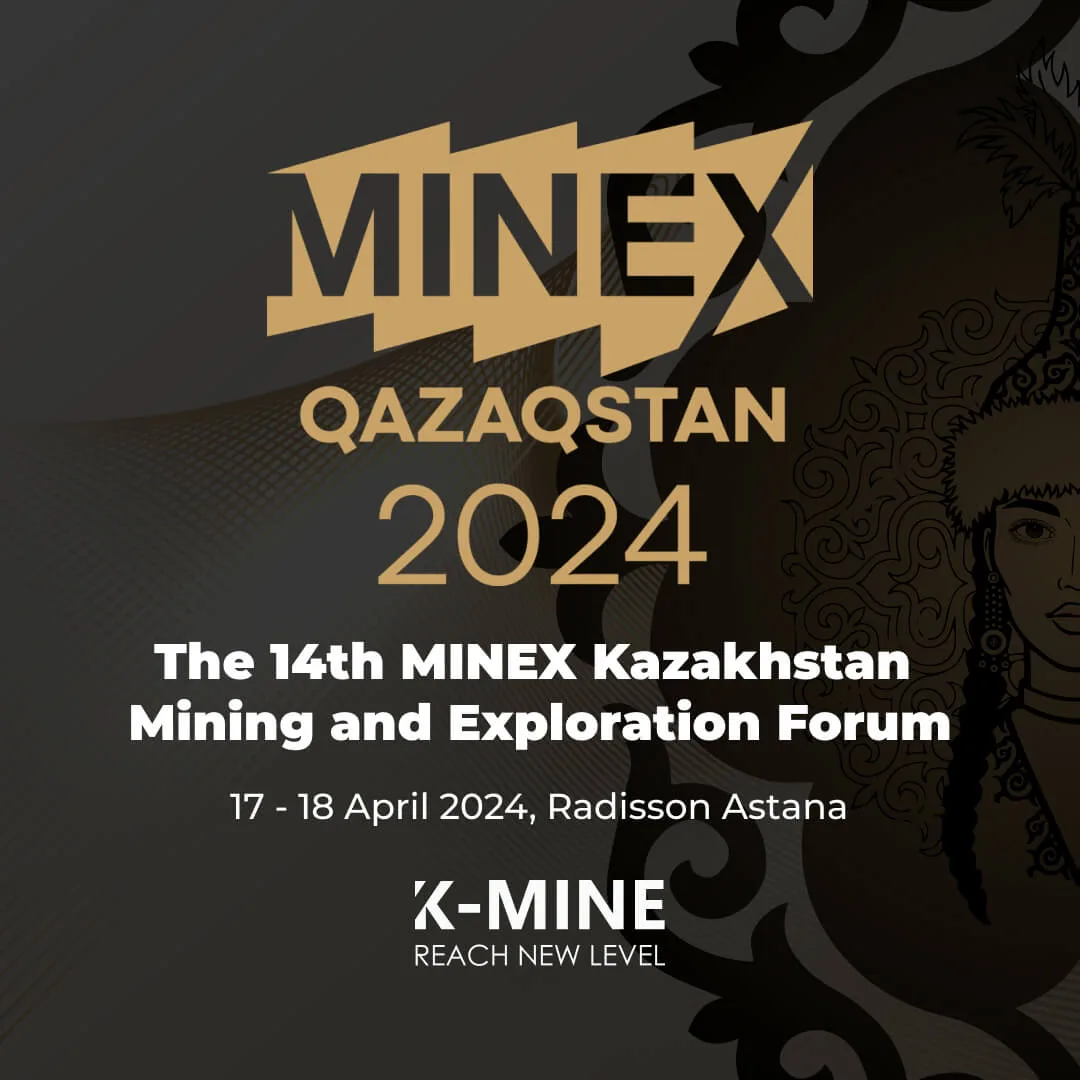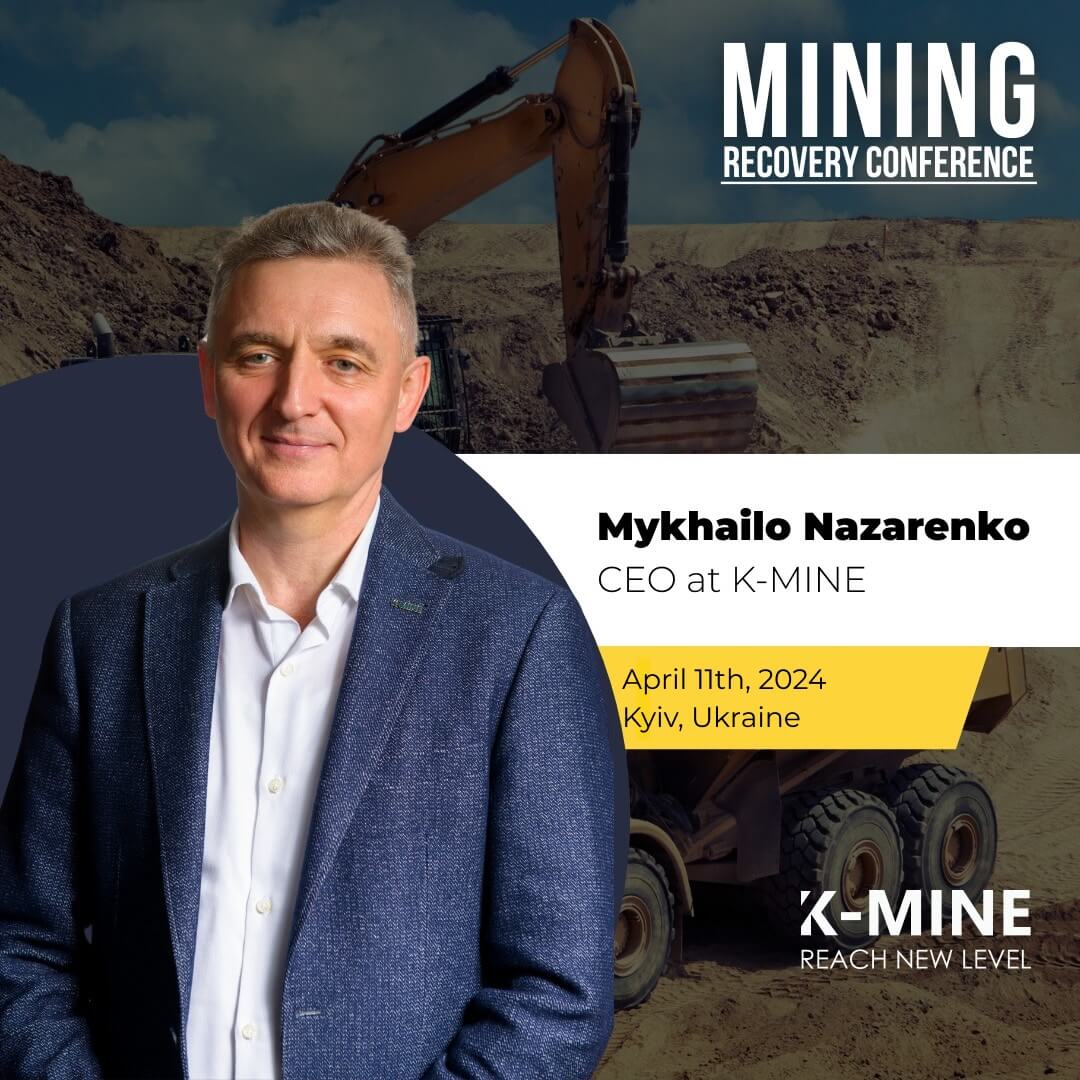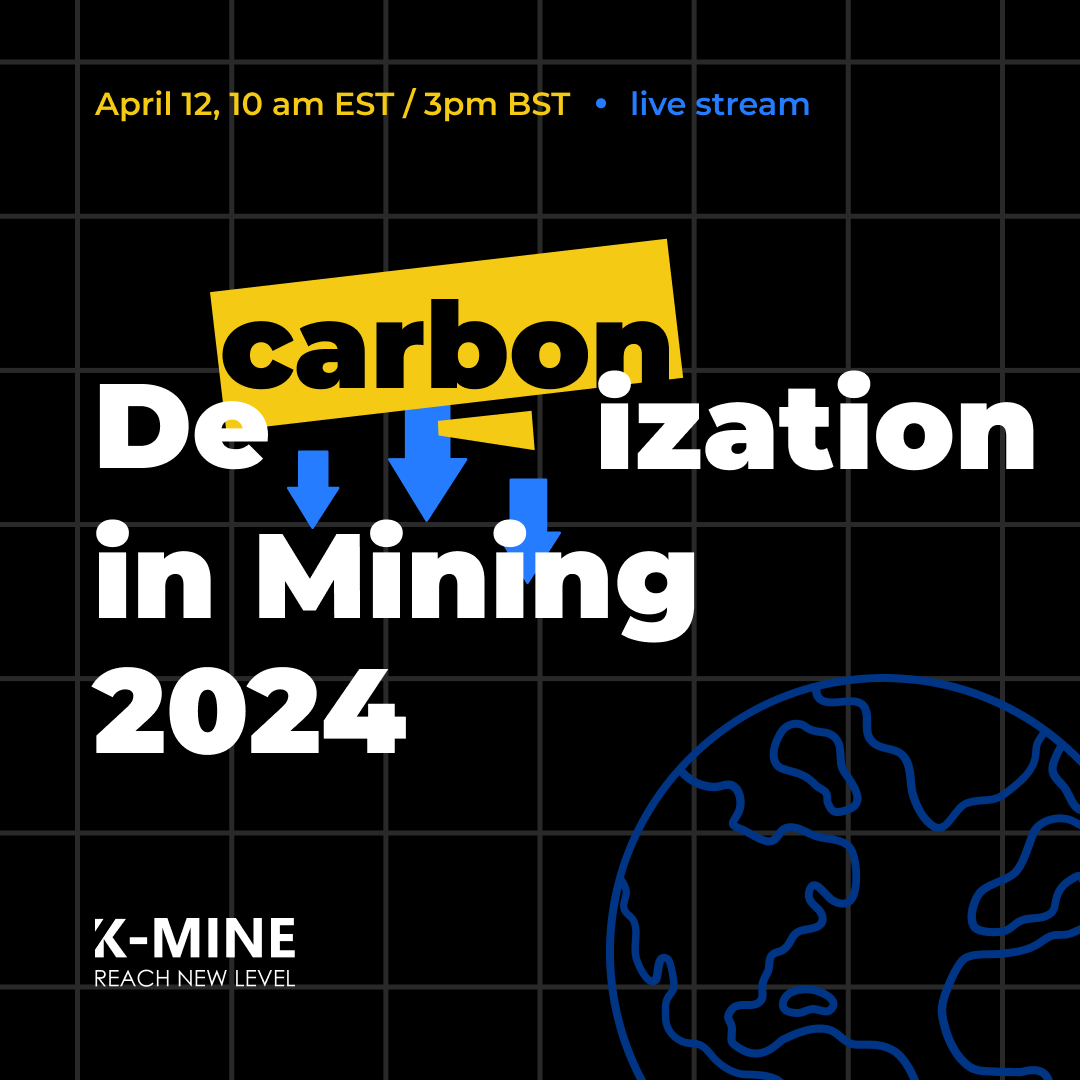
Drilling and blasting (D&B) works are an essential part of the mining process, and it’s obvious that many companies face several issues in managing and controlling this part of their operations.
First of all, interaction with explosives always poses a high risk since it has significant potential energy, that could be fatal. This energy should be curbed by experienced professionals equipped with powerful technological tools.
Also, as the age of the quarries reaches a mark of several decades, their depth increases significantly. As a consequence, overburden ratios increase, transportation conditions becoming more challenging, and the rock mass strength rises accordingly. Then blasting operations in large and deep open pits become more complicated, and crushing quality significantly regresses. Additionally, severe and extreme climate conditions can also make the job of drilling and blasting teams quite challenging.
The fine dust, that is created during drilling and blasting operations, is a separate issue itself. It has such a powerful technogenic impact on the environment, it is absolutely necessary to analyze the environmental consequences beforehand and define ways to reduce the negative influence of massive explosions.
K-MINE has been helping mining companies automate, transform and simplify all of these tasks for over 25 years. Twelve different modules merged into one single application with end-to-end software architecture, covering almost all the needs of mining operations. This approach is a comprehensive advantage of K-MINE and an efficient way to optimize resources and reduce costs.
Our D&B module is a powerful solution for data management, operations control, that provides users with:
- Geological surveying support.
- Design of boreholes diameter and their placement in the block contour.
- Help with explosives choice (depending on the rock strength and type).
- Design of the charges.
- Design of switching systems.
- Information exchange with adjacent systems.
These are just a few features that the K-MINE D&B module offers users. They can design and calculate drilling blocks of any complexity, and all the tasks are done inside of one interface. As the tasks from the beginning of works planning until the documentation preparation stage are optimized, they reduce the time of the decision-making process.
In K-MINE software, we can divide the drilling and blasting project into two stages:
- Development of a drilling project.
- Development of a blasting project.
For maximum accuracy of calculations and user convenience, two stages could be broken down by several production tasks:
- Surveying work layout on the block.
- Transfer drilling project data to the pit.
- Drilling boreholes.
- Surveying the coordinates and depths of drilled holes.
- Charging.
- Switching.
- Blasting.
Drilling projects are usually executed as part of a monthly mining schedule. In each mining block, K-MINE considers different rock properties like physical, mechanical, and technological. Equipped with this technology, a user can extrapolate, and apply data and characteristics from already exploded blocks to the ones nearby, getting accurate calculations. Afterward, the results can be visualized and evaluated with K-MINE’s exclusive powerful graphic core.
You can also define things like the expected contour of the designed block, the current position of the ledge edges, location of the planned elevations for drill holes design, presence of limiting objects (roads and routes, power lines, communications), etc.
The next stage is rows design. Users should place drill holes in rows depending on the project requirements. K-MINE allows designing drill holes by acknowledging their type (vertical or inclined), depths, dimensions, charge designs, the types of explosives used for the current mining, and geological and hydrogeological conditions. Additionally, during the planning stage, instant design features allow to calculate drill holes coordinates by height, and determine drill holes design values by depth, even considering over drills.
In general, our users have full control of the row design process. You can change the row’s geometric configuration, control spacing from the edges of the site, make inserts, tie-ins, thicken or thin the grid of drill holes positions in a row or a separate section. Automated geometrical calculations of the drill holes design placement, allow you to save at least three drill holes for every hundred in the block without reducing the crushing quality of rock mass. These savings could be even more impressive in the blocks with extra complex geometric configurations. Even at the design stage, you can define the predicted volume of exploded blocks, the consumption of explosives, their cost, and other metrics.
K-MINE can also work in real-time with high-precision positioning systems, dispatching, and navigation systems. During the operation of the precision positioning system, navigation to the drilling point is done automatically according to the coordinates specified in the project. Drill holes drilling depth is also automatically determined and could be adjusted with planned aiming accuracy no more than 10 cm height. Actual coordinates and depth of the drilled holes could be transferred back to K-MINE when drilling is complete. In the future, they can be used in the calculation of drill holes charges and the design of switching systems.
If the intensity and strength properties will be different from the planned ones, you can also adjust their design. As rock strength properties are highly irregular even within the boundaries of one blast block, users can use different drilling grids (regular or irregular), different types of explosives, or charge designs for various sections of the explosive block. For all of these cases, K-MINE provides a unique opportunity to automatically define the required type of explosives and design charges only based on the actual drilling parameters obtained from the drilling rig.
For the best results, you also can make changes to the volumetric model of the rock mass, specifying rock characteristics of drillability and tendency to fracture during the blast. Then the information about actually drilled boreholes in the block (i.e. spatial coordinates of the mouth, depth, water cut, geology) will be transferred back to the database.
The next step is to develop a blasting project. K-MINE allows users to build actual drill holes and their depth injections. Based on this data, you can choose the switching schemes (typical or specific), the design of the charges, and the detonator’s placement. After that, you can calculate the length and mass of the charge, and determine the stemming length. When using combined and dispersed charges, you can also define air gaps length.
The drilling and blasting project created in K-MINE is also such an important source of information for future reports. Based on the available data, you can build safety zones, calculate the acoustic and seismic impact on the rock mass explosion and the environment.
As we explained above, K-MINE can have a direct data exchange with precision positioning systems, which eliminates surveying operations from the situation, significantly increases the speed and quality of work, and reduce costs of the operations and impact of explosive products on the environment. All these benefits cut down the block preparation time for drilling and blasting by 25%.
Currently, our D&B module is used by over 300 mining companies around the world. Our clients describe K-MINE as a perfect solution to boost production levels, improve operational safety, reduce costs, and push efficiency metrics forward.
If you are interested to learn more about the use cases of ArcelorMittal, Polyus Gold, Ferrexpo, and other mining companies that use K-MINE, feel free to reach our team: [email protected]

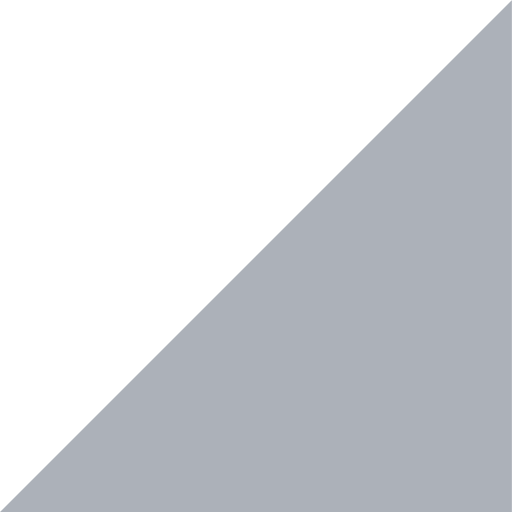

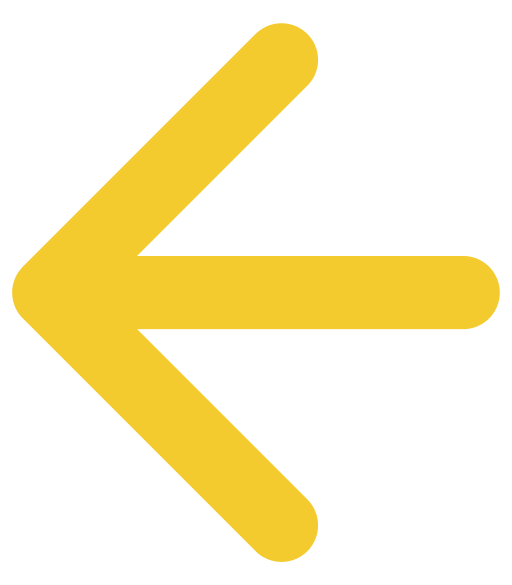 Back
Back